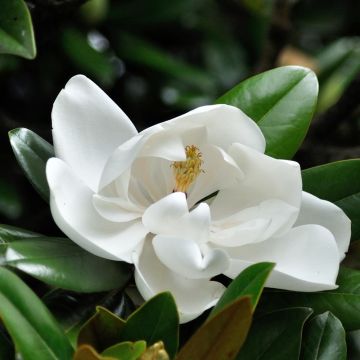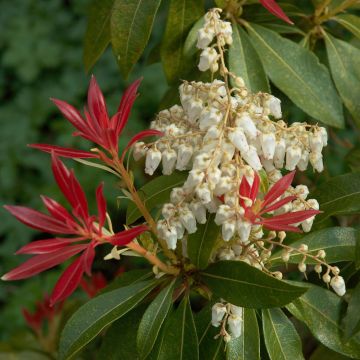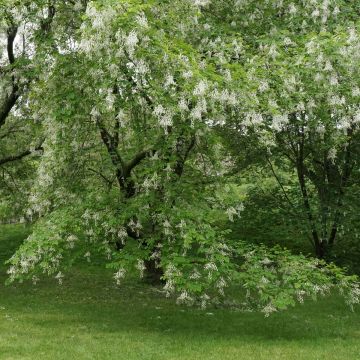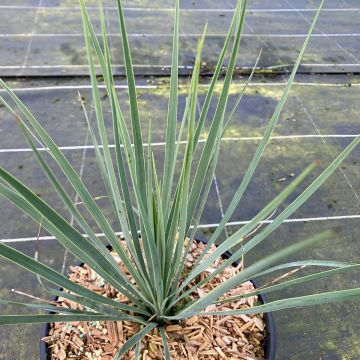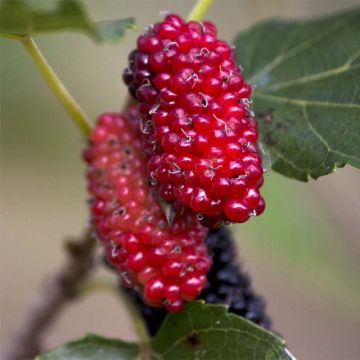

Albizzia julibrissin Summer Chocolate
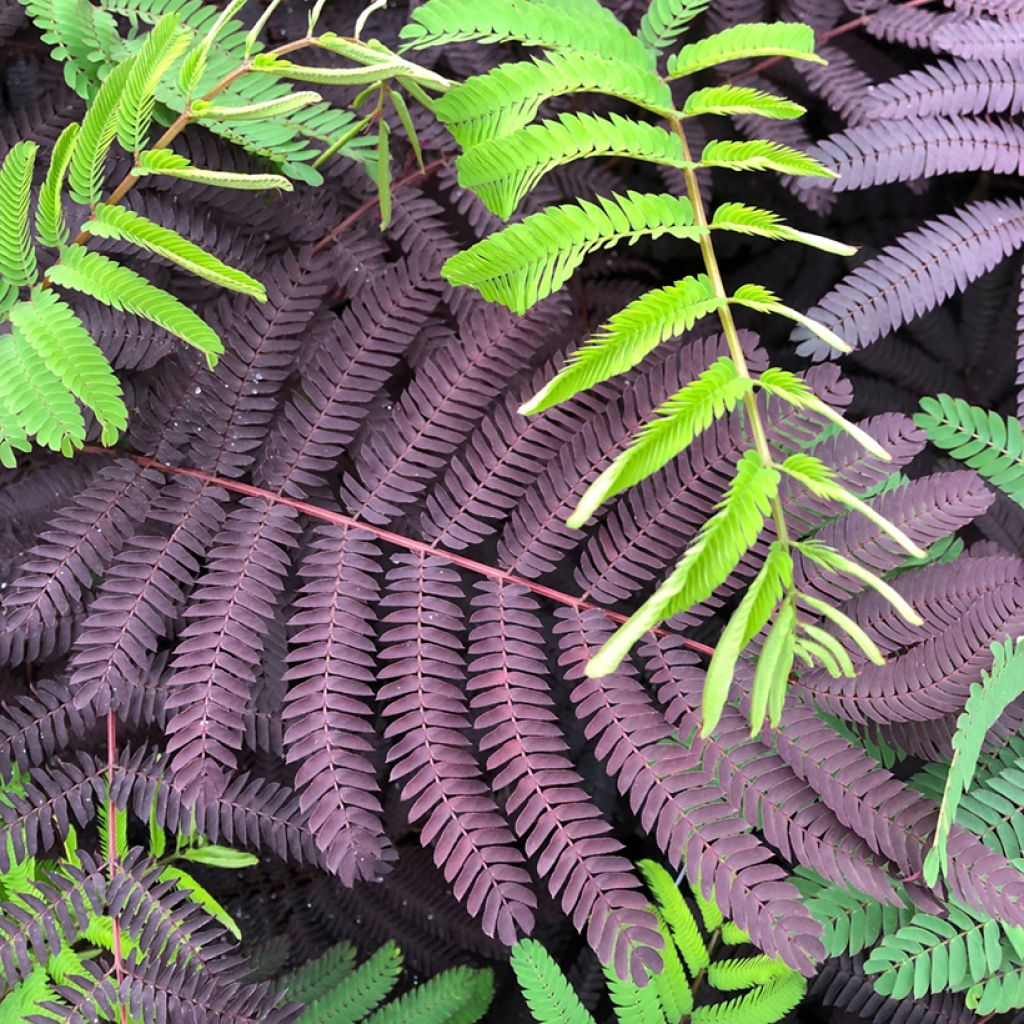

Albizzia julibrissin Summer Chocolate
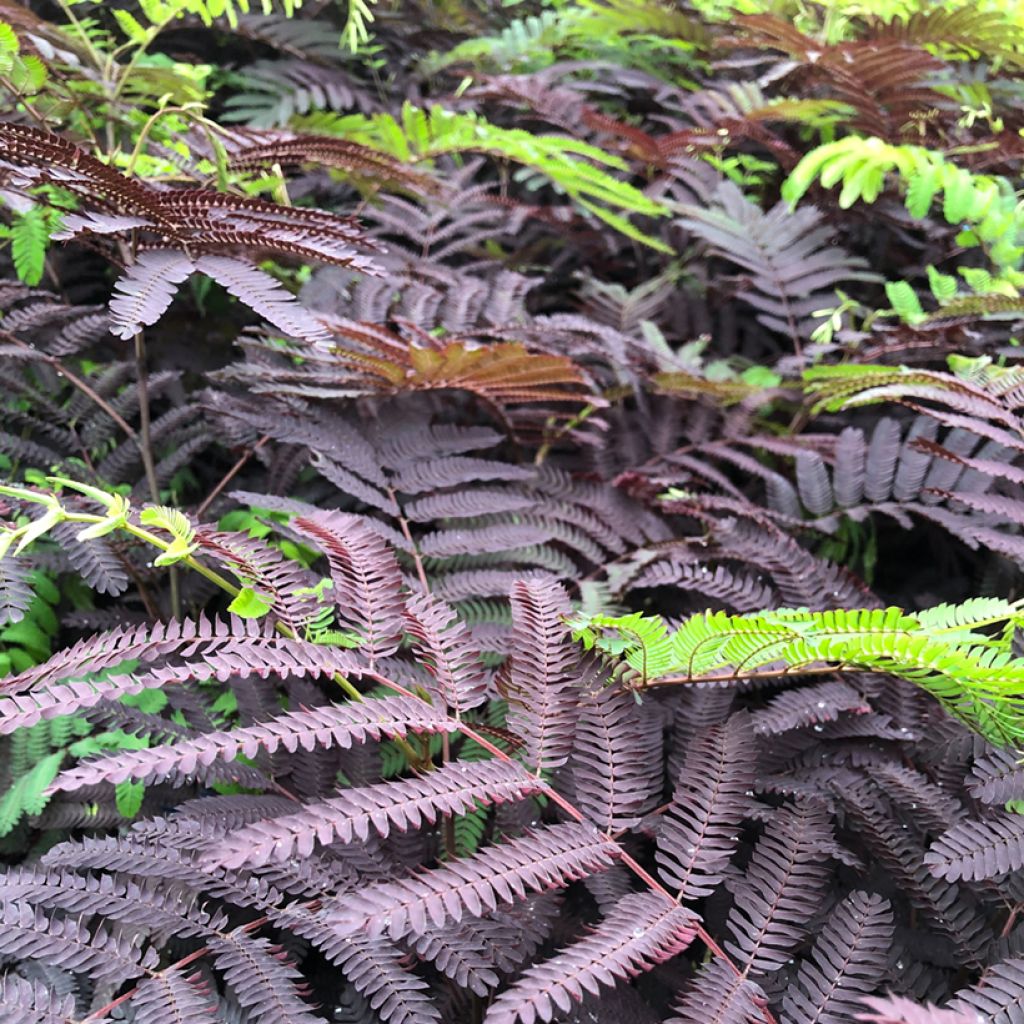

Albizzia julibrissin Summer Chocolate
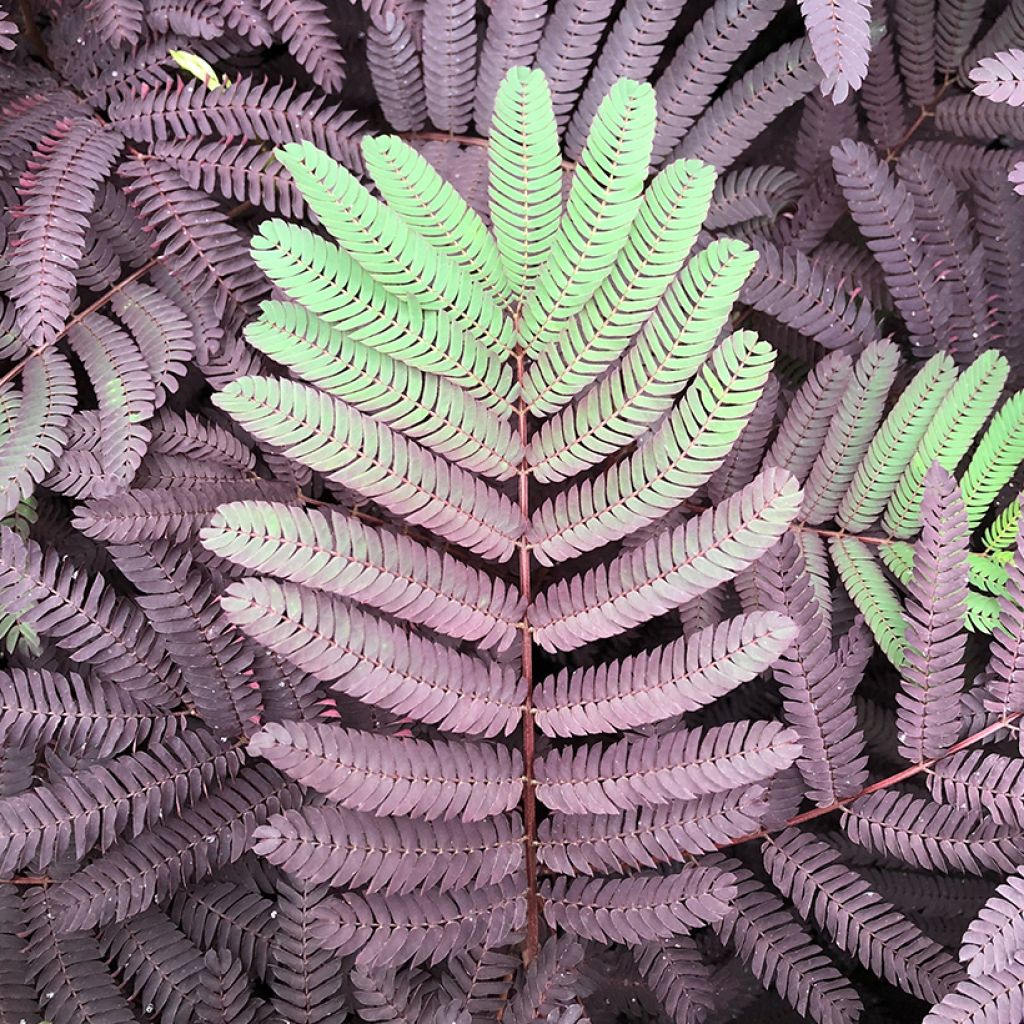

Albizzia julibrissin Summer Chocolate
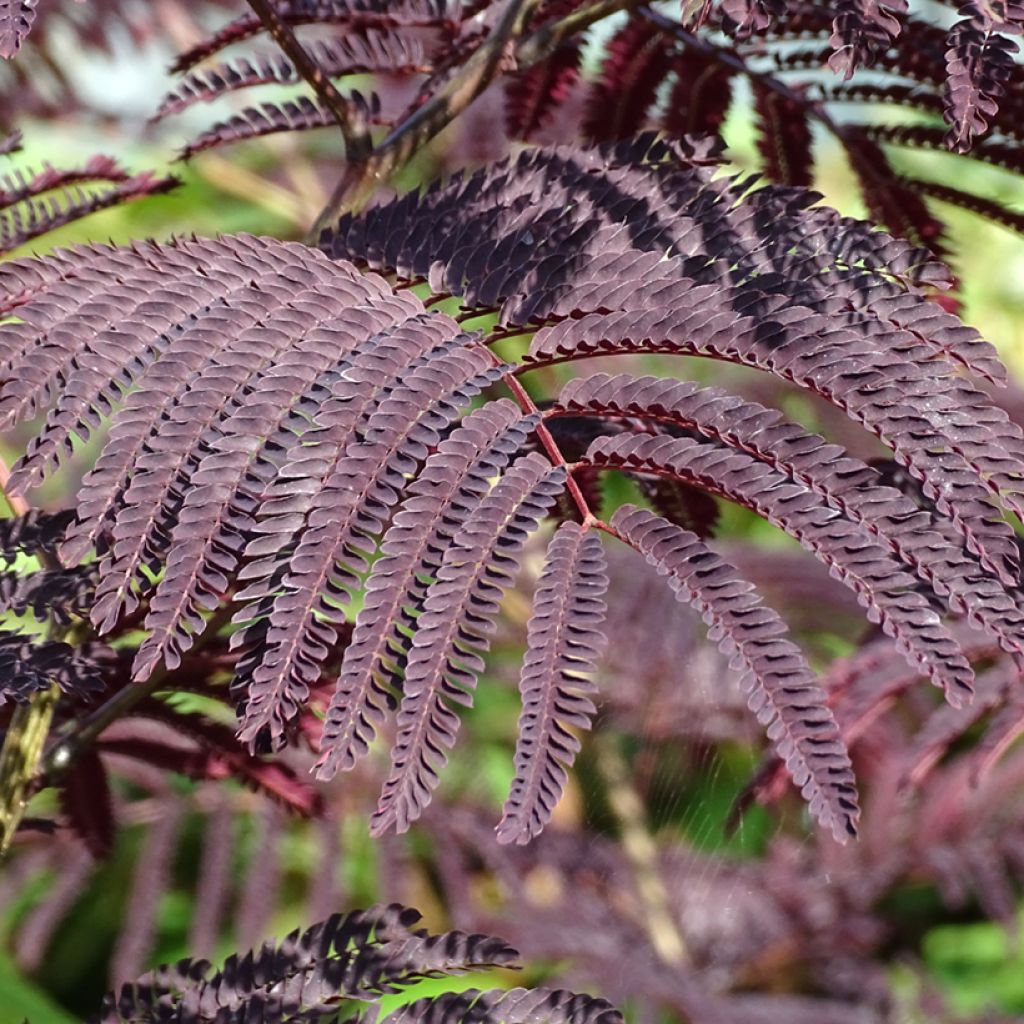

Albizzia julibrissin Summer Chocolate
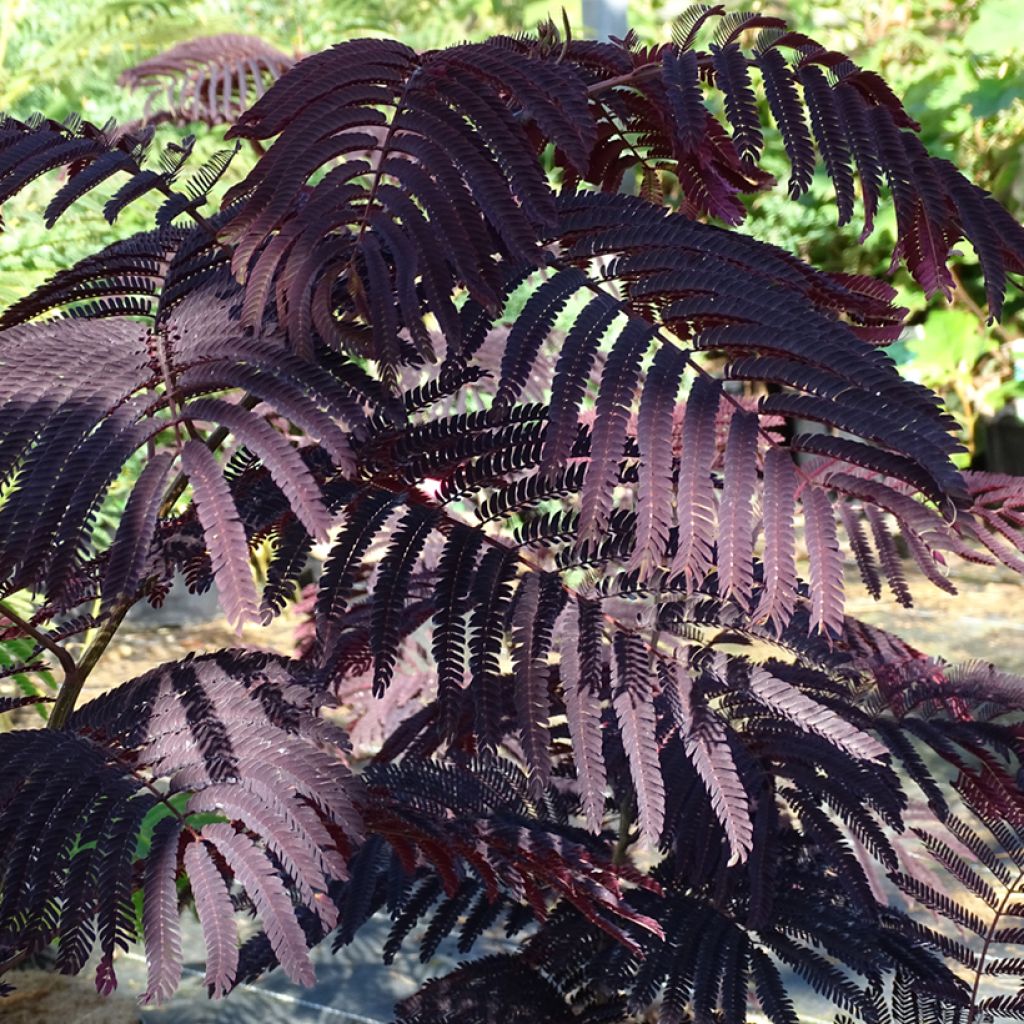

Albizzia julibrissin Summer Chocolate
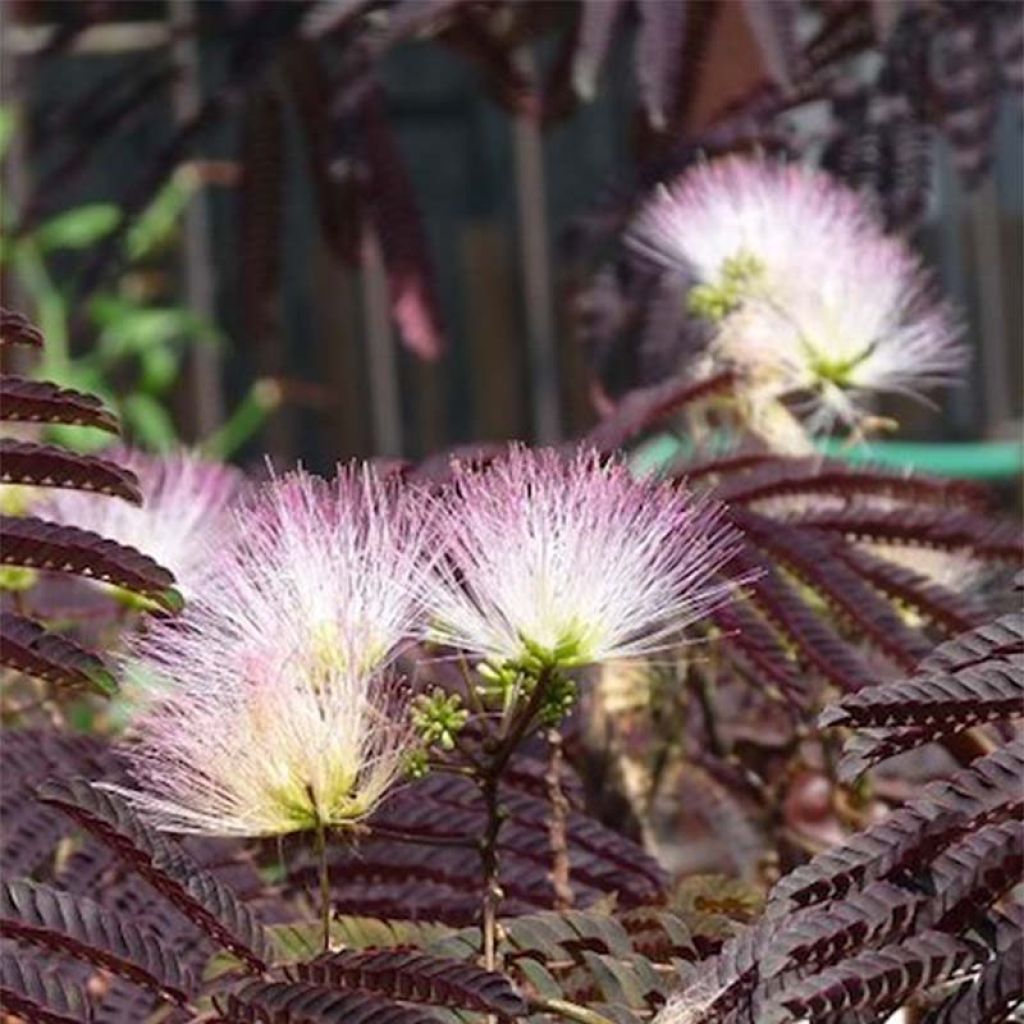

Albizzia julibrissin Summer Chocolate
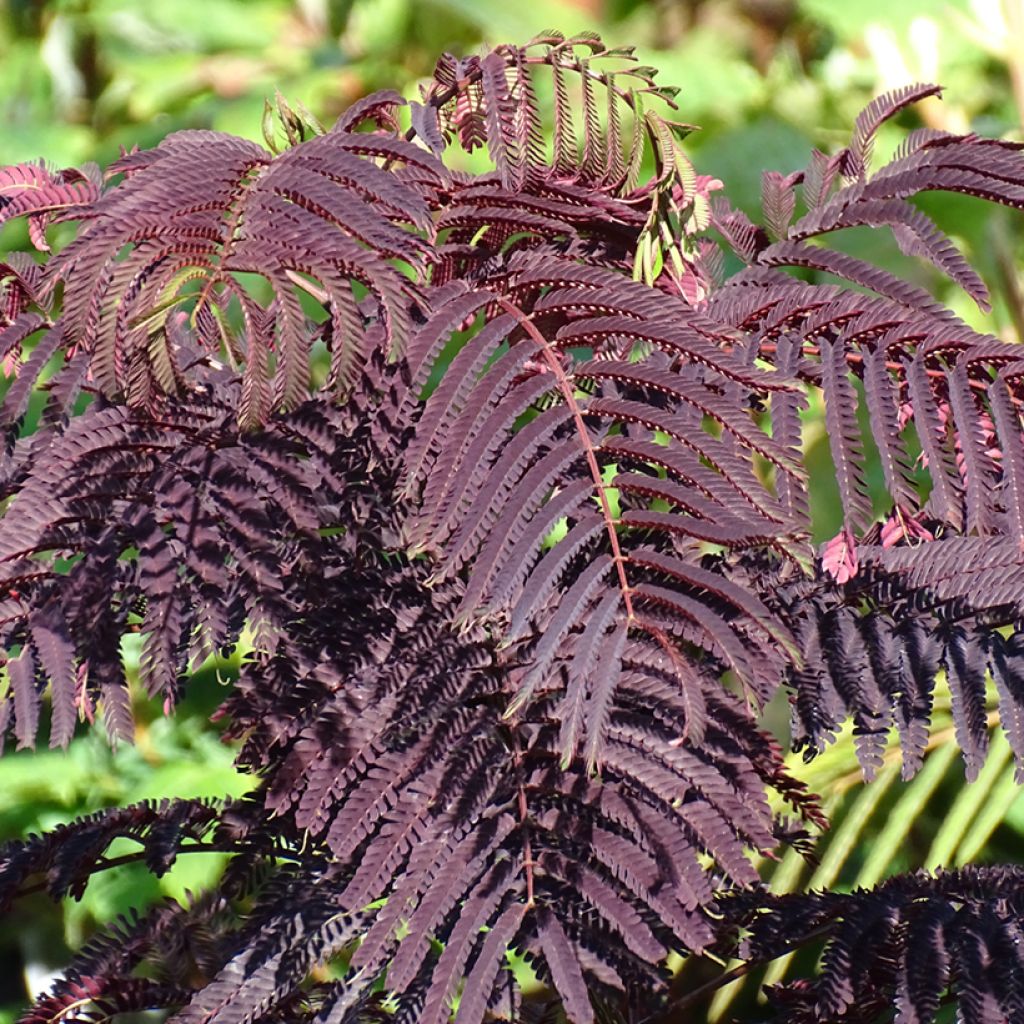

Albizzia julibrissin Summer Chocolate


Albizzia julibrissin Summer Chocolate
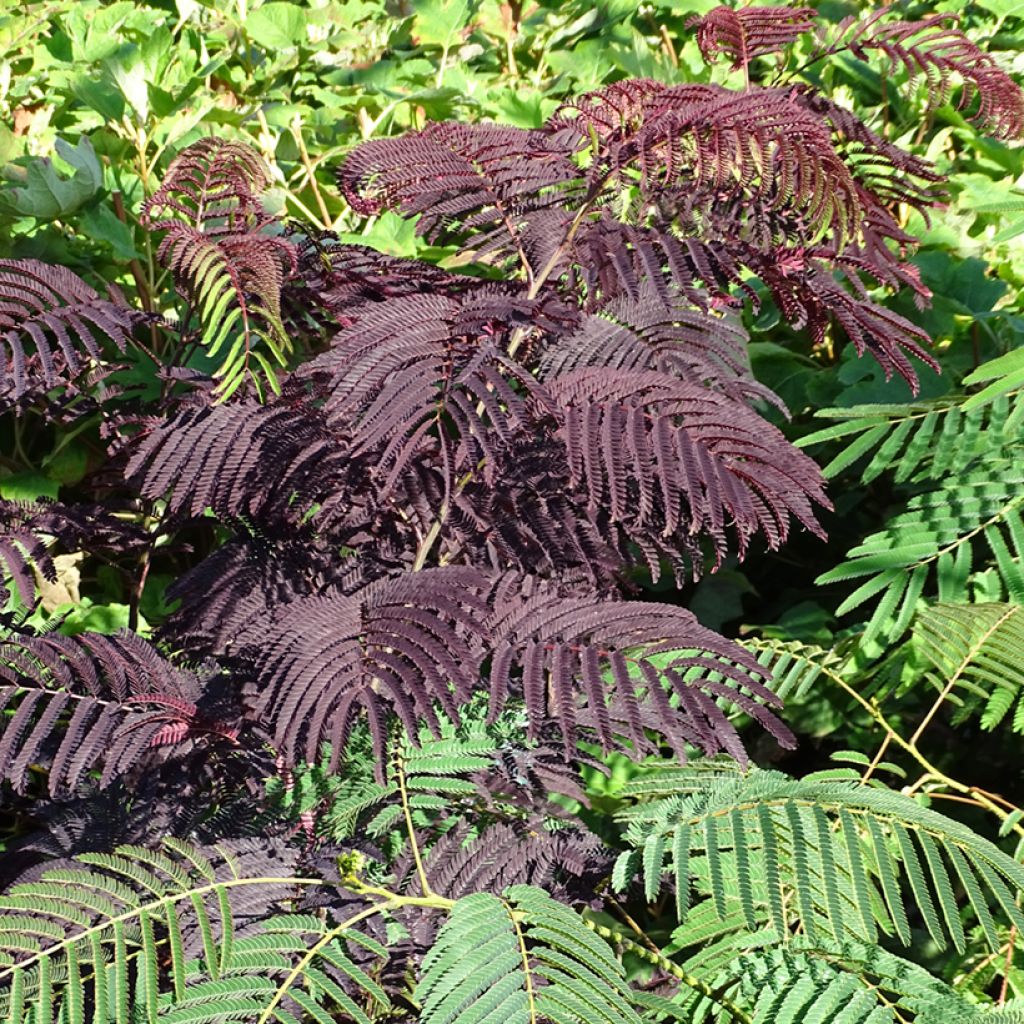

Albizzia julibrissin Summer Chocolate
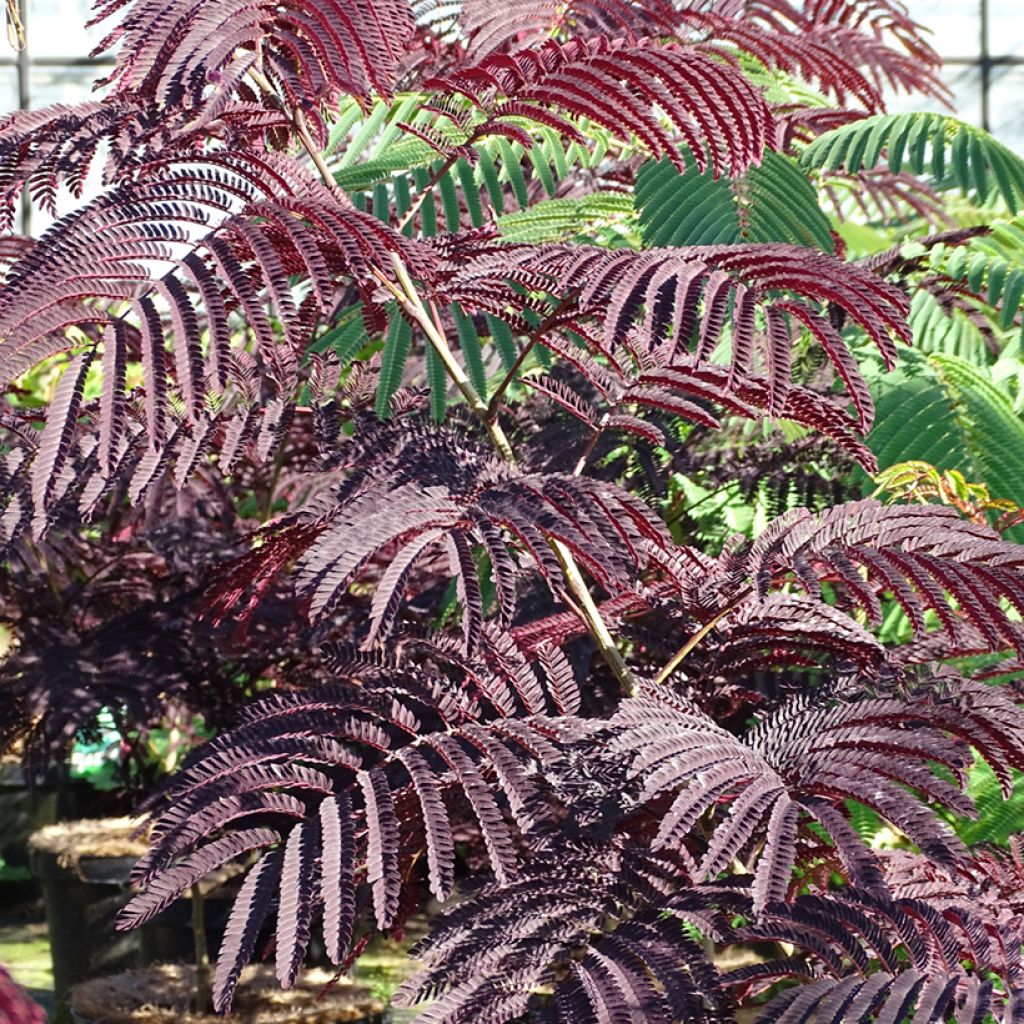

Albizzia julibrissin Summer Chocolate
Albizzia julibrissin Summer Chocolate
Albizia julibrissin Summer Chocolate
Persian Silk Tree, Pink Silk Tree, Mimosa Tree, Silk Tree, Persian Acacia
A superb little tree, arrived in perfect condition and matches the description perfectly, even larger than expected.
nell, 22/10/2025
Special offer!
Receive a €20 voucher for any order over €90 (excluding delivery costs, credit notes, and plastic-free options)!
1- Add your favorite plants to your cart.
2- Once you have reached €90, confirm your order (you can even choose the delivery date!).
3- As soon as your order is shipped, you will receive an email containing your voucher code, valid for 3 months (90 days).
Your voucher is unique and can only be used once, for any order with a minimum value of €20, excluding delivery costs.
Can be combined with other current offers, non-divisible and non-refundable.
Home or relay delivery (depending on size and destination)
Schedule delivery date,
and select date in basket
This plant carries a 24 months recovery warranty
More information
We guarantee the quality of our plants for a full growing cycle, and will replace at our expense any plant that fails to recover under normal climatic and planting conditions.

Would this plant suit my garden?
Set up your Plantfit profile →
Description
The Albizia julibrissin Summer Chocolate is a variety of Silk Tree appreciated for the beauty of its foliage which becomes extremely dark in summer. A colour almost chocolate in shade that contrasts wonderfully with its two-tone tufted flowers, pink and white. It boasts a nice umbrella-shaped habit and has low requirements in terms of soil and humidity. Well adapted to our mild climates, this deciduous tree provides light shade in summer and a touch of welcome exoticism near a terrace.
The Albizia julibrissin is a deciduous tree of the Fabaceae family. It originates from Iran (formerly called Persia) to eastern China. It is also called Acacia or Constantinople Mimosa.
The 'Summer Chocolate' cultivar was selected in Japan by Masato Yokoi in 1990. A mature specimen can withstand short frosts of around -12 °C. Its growth is moderately fast, and favours soil that retains moisture. It usually reaches 4 to 5 m (16 to 5 ft) in height (about 3 m (9 ft 10 in) in 10 years), and boasts a spreading crown on a diameter equivalent to or slightly smaller than its height. The bark is thin, almost smooth, with whitish lenticels. The 2-year-old wood has a pretty slightly bluish tint. The deciduous leaves, absent in winter, are alternate and very large, measuring 15 to 40 cm (15.7 in). They are divided into large leaflets, themselves subdivided into small leaflets. In the evening, the leaflets fold back on themselves. They are bronze green in spring, becoming darker, almost black in summer. This Albizia blooms from July to mid-September, during which new flowers open every day. The tree produces from the age of 5 to 6 years feathery and silky inflorescences which have earned it its name of silk tree. They are made up of long stamens of a tender pink with a white base, quite visible, surpassing the rudimentary corollas grouped in heads. The scent of the flowers is mainly perceptible up close, powdery and sweet. Flowering gives way to a fruit, a flat pod, 8 to 20 cm (7.9 in) long, initially green then brown, containing 5 to 15 fairly large oval seeds, which germinate easily. Finally, and this is a characteristic of plants in the Fabaceae family, the roots form nodules capable of fixing atmospheric nitrogen, through specific bacteria present in this plant. The taproot system of this small tree does not tolerate transplanting well. Albizia's lifespan is variable; in milder climates, it usually reaches around thirty years old before starting to fade.
The Summer Chocolate Silk Tree, with its dark, graceful, airy silhouette, can be planted as a stand-alone plant to provide light shade to the terrace. Its flowering accentuates its undeniably exotic side. It withstands summer drought very well, adapts to a wide range of soils (pH from 5 to 8), requires very little maintenance and tolerates pruning well. Moderately hardy, it is better suited to south- and west-facing gardens. Ground cover plants look stunning when grown around its base, including silver baskets, lesser periwinkles, oregano and Naples cyclamen.
Report an error about the product description
Albizzia julibrissin Summer Chocolate in pictures


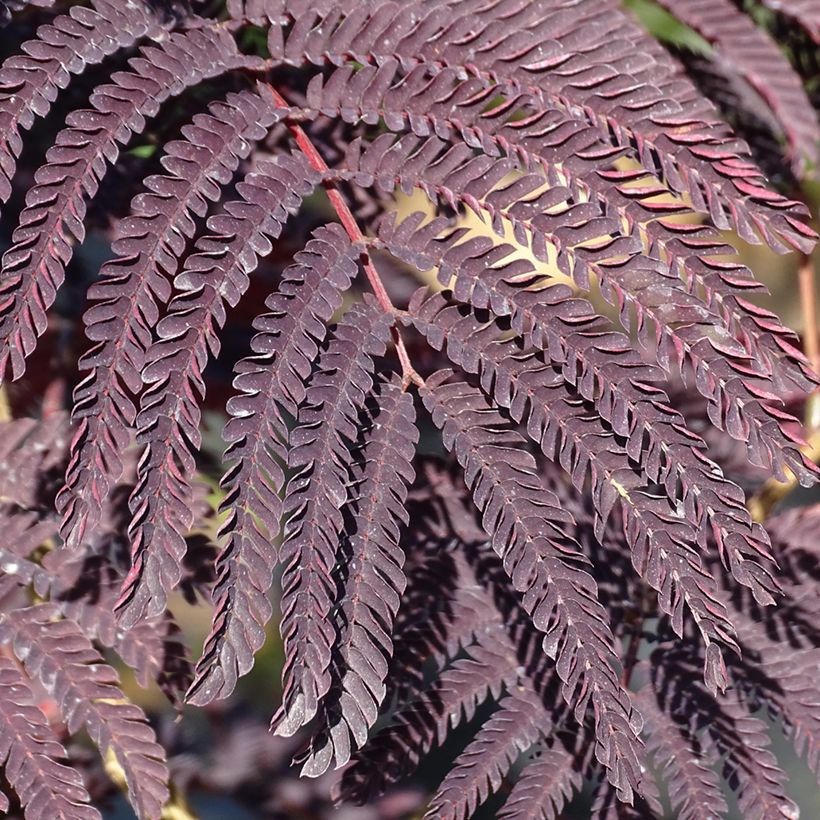

Plant habit
Flowering
Foliage
Botanical data
Albizia
julibrissin
Summer Chocolate
Fabaceae
Persian Silk Tree, Pink Silk Tree, Mimosa Tree, Silk Tree, Persian Acacia
Cultivar or hybrid
Planting and care
Albizia 'Summer Chocolate' is preferably planted in early autumn in milder climates or late winter in regions subject to colder winters. Resistant to a maximum of -12°C when fully mature. If planted in a cooler climate, choose a warm location, in full sun and sheltered from cold winds. In late winter, between February and March and before new leaves are formed, prune dead, diseased or crossing stems to maintain a beautiful shape. Severe pruning promotes numerous vigorous shoots. It withstands summer drought once established and sea spray. This tree tolerates a wide range of soils, including poor, limestone and slightly acidic soils, but will grow faster in fertile soil that retains moisture. In warmer climates it can unfortunately be prone to psyllid attacks. In case of significant infestation, early defoliation can be observed, significantly weakening the tree. Few treatments exist.
Planting period
Intended location
Care
-
, onOrder confirmed
Reply from on Promesse de fleurs
Similar products
Haven't found what you were looking for?
Hardiness is the lowest winter temperature a plant can endure without suffering serious damage or even dying. However, hardiness is affected by location (a sheltered area, such as a patio), protection (winter cover) and soil type (hardiness is improved by well-drained soil).

Photo Sharing Terms & Conditions
In order to encourage gardeners to interact and share their experiences, Promesse de fleurs offers various media enabling content to be uploaded onto its Site - in particular via the ‘Photo sharing’ module.
The User agrees to refrain from:
- Posting any content that is illegal, prejudicial, insulting, racist, inciteful to hatred, revisionist, contrary to public decency, that infringes on privacy or on the privacy rights of third parties, in particular the publicity rights of persons and goods, intellectual property rights, or the right to privacy.
- Submitting content on behalf of a third party;
- Impersonate the identity of a third party and/or publish any personal information about a third party;
In general, the User undertakes to refrain from any unethical behaviour.
All Content (in particular text, comments, files, images, photos, videos, creative works, etc.), which may be subject to property or intellectual property rights, image or other private rights, shall remain the property of the User, subject to the limited rights granted by the terms of the licence granted by Promesse de fleurs as stated below. Users are at liberty to publish or not to publish such Content on the Site, notably via the ‘Photo Sharing’ facility, and accept that this Content shall be made public and freely accessible, notably on the Internet.
Users further acknowledge, undertake to have ,and guarantee that they hold all necessary rights and permissions to publish such material on the Site, in particular with regard to the legislation in force pertaining to any privacy, property, intellectual property, image, or contractual rights, or rights of any other nature. By publishing such Content on the Site, Users acknowledge accepting full liability as publishers of the Content within the meaning of the law, and grant Promesse de fleurs, free of charge, an inclusive, worldwide licence for the said Content for the entire duration of its publication, including all reproduction, representation, up/downloading, displaying, performing, transmission, and storage rights.
Users also grant permission for their name to be linked to the Content and accept that this link may not always be made available.
By engaging in posting material, Users consent to their Content becoming automatically accessible on the Internet, in particular on other sites and/or blogs and/or web pages of the Promesse de fleurs site, including in particular social pages and the Promesse de fleurs catalogue.
Users may secure the removal of entrusted content free of charge by issuing a simple request via our contact form.
The flowering period indicated on our website applies to countries and regions located in USDA zone 8 (France, the United Kingdom, Ireland, the Netherlands, etc.)
It will vary according to where you live:
- In zones 9 to 10 (Italy, Spain, Greece, etc.), flowering will occur about 2 to 4 weeks earlier.
- In zones 6 to 7 (Germany, Poland, Slovenia, and lower mountainous regions), flowering will be delayed by 2 to 3 weeks.
- In zone 5 (Central Europe, Scandinavia), blooming will be delayed by 3 to 5 weeks.
In temperate climates, pruning of spring-flowering shrubs (forsythia, spireas, etc.) should be done just after flowering.
Pruning of summer-flowering shrubs (Indian Lilac, Perovskia, etc.) can be done in winter or spring.
In cold regions as well as with frost-sensitive plants, avoid pruning too early when severe frosts may still occur.
The planting period indicated on our website applies to countries and regions located in USDA zone 8 (France, United Kingdom, Ireland, Netherlands).
It will vary according to where you live:
- In Mediterranean zones (Marseille, Madrid, Milan, etc.), autumn and winter are the best planting periods.
- In continental zones (Strasbourg, Munich, Vienna, etc.), delay planting by 2 to 3 weeks in spring and bring it forward by 2 to 4 weeks in autumn.
- In mountainous regions (the Alps, Pyrenees, Carpathians, etc.), it is best to plant in late spring (May-June) or late summer (August-September).
The harvesting period indicated on our website applies to countries and regions in USDA zone 8 (France, England, Ireland, the Netherlands).
In colder areas (Scandinavia, Poland, Austria...) fruit and vegetable harvests are likely to be delayed by 3-4 weeks.
In warmer areas (Italy, Spain, Greece, etc.), harvesting will probably take place earlier, depending on weather conditions.
The sowing periods indicated on our website apply to countries and regions within USDA Zone 8 (France, UK, Ireland, Netherlands).
In colder areas (Scandinavia, Poland, Austria...), delay any outdoor sowing by 3-4 weeks, or sow under glass.
In warmer climes (Italy, Spain, Greece, etc.), bring outdoor sowing forward by a few weeks.

































